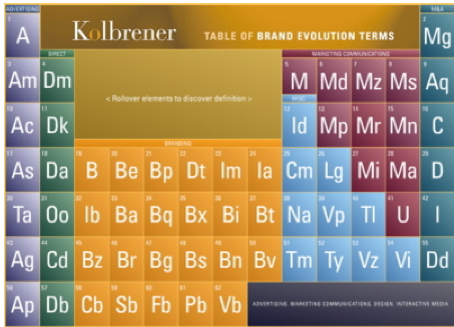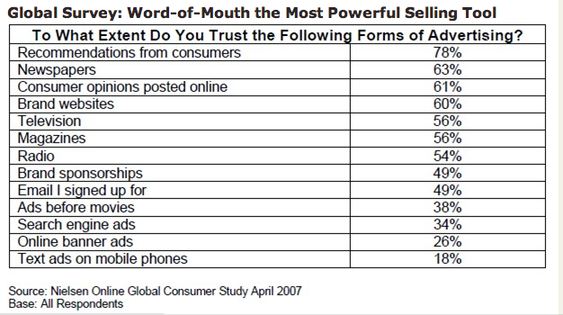Thinking of using a globe in your logo?
October 14, 2007
 I was standing in Office Depot this weekend and noticed their "let us design your logo" display. And there they were. The painfully trite visuals that business owners seem to be drawn to when designing their own logo.
I was standing in Office Depot this weekend and noticed their "let us design your logo" display. And there they were. The painfully trite visuals that business owners seem to be drawn to when designing their own logo.
You know the ones — globes, shaking hands, the outline of your state, or the very popular paw print (you pick the animal of choice).
 If you want your business to be perceived as unique — don’t use the same, tired visuals that everyone else has already used. A logo does not have to be a literal translation of your business’ name or deliverable.
If you want your business to be perceived as unique — don’t use the same, tired visuals that everyone else has already used. A logo does not have to be a literal translation of your business’ name or deliverable.
Think beyond the expected. Think abstract. Think about building a brand by being fresh and different.
Related Posts:
~ Logos 101
~ Consistency – vital or overrated?












